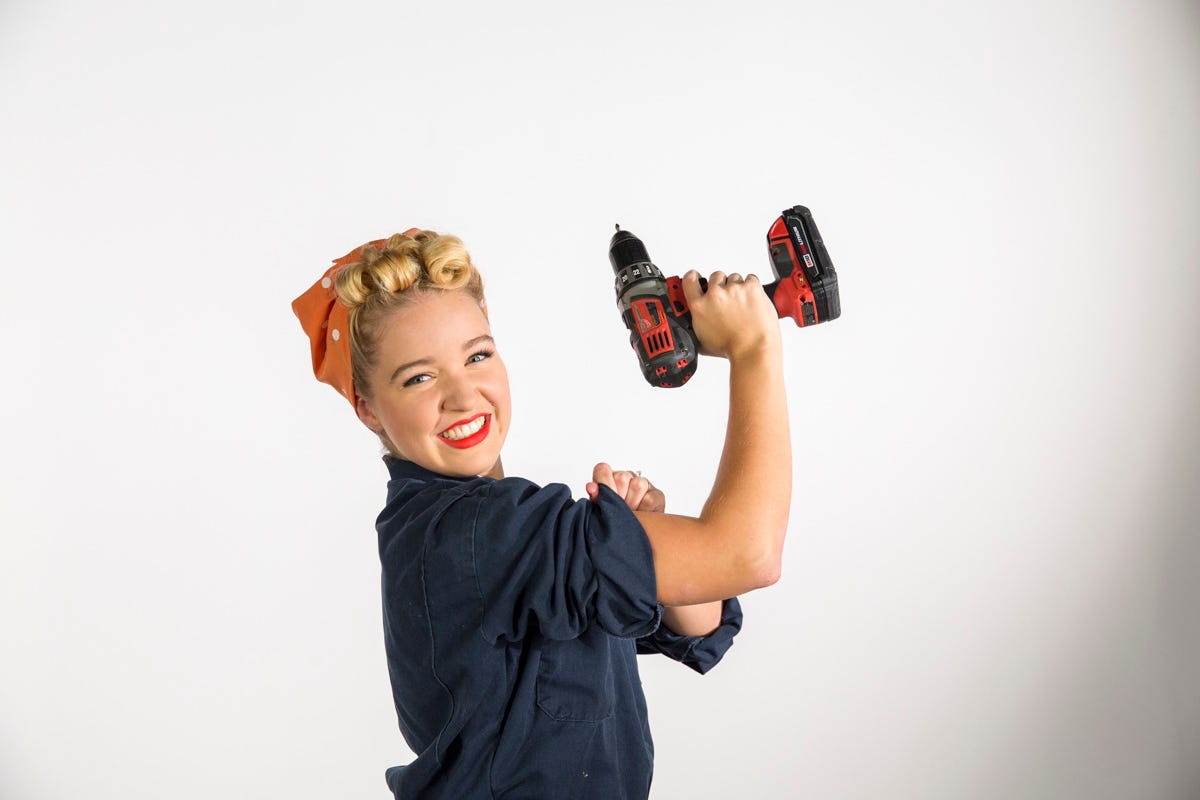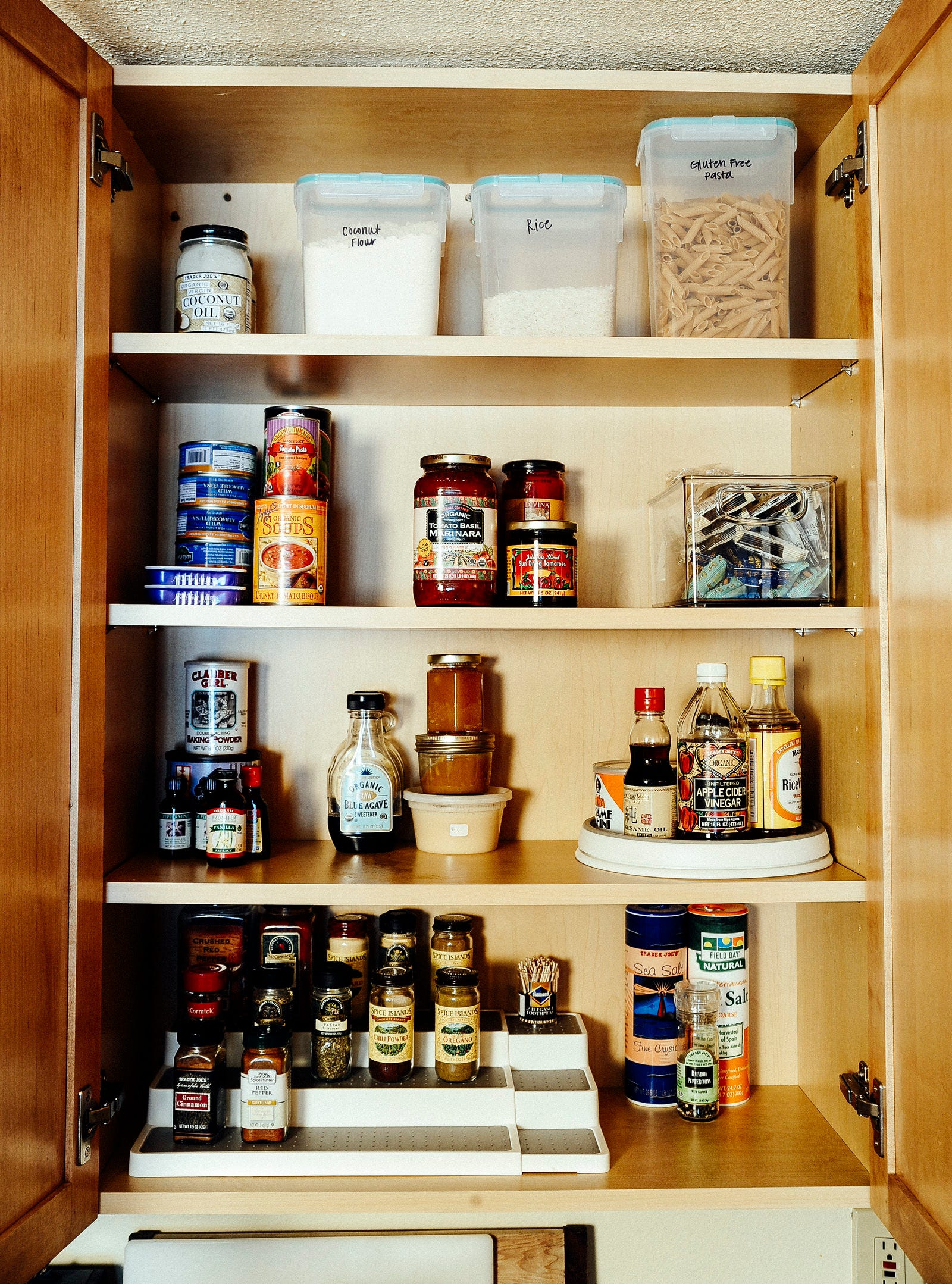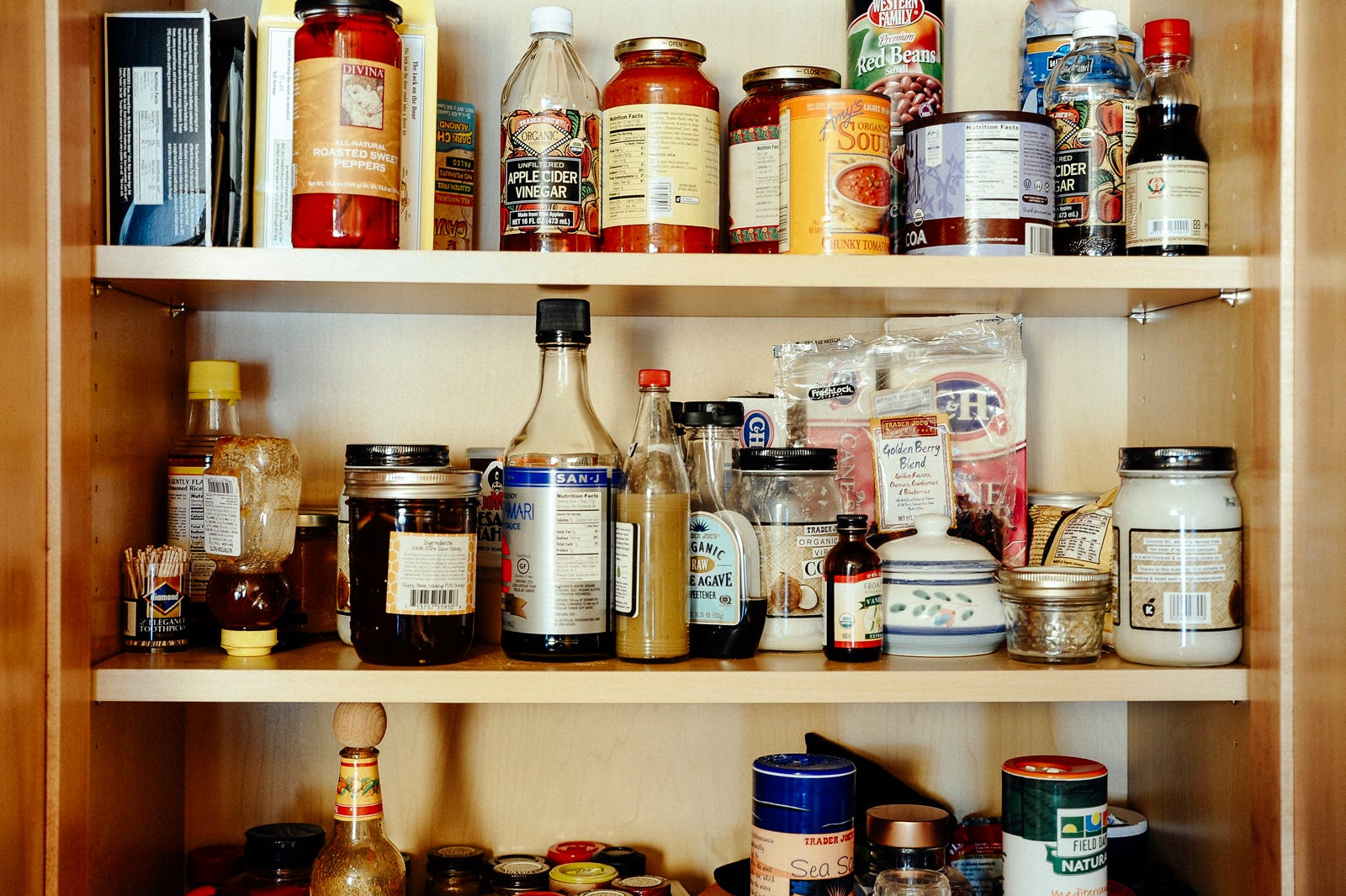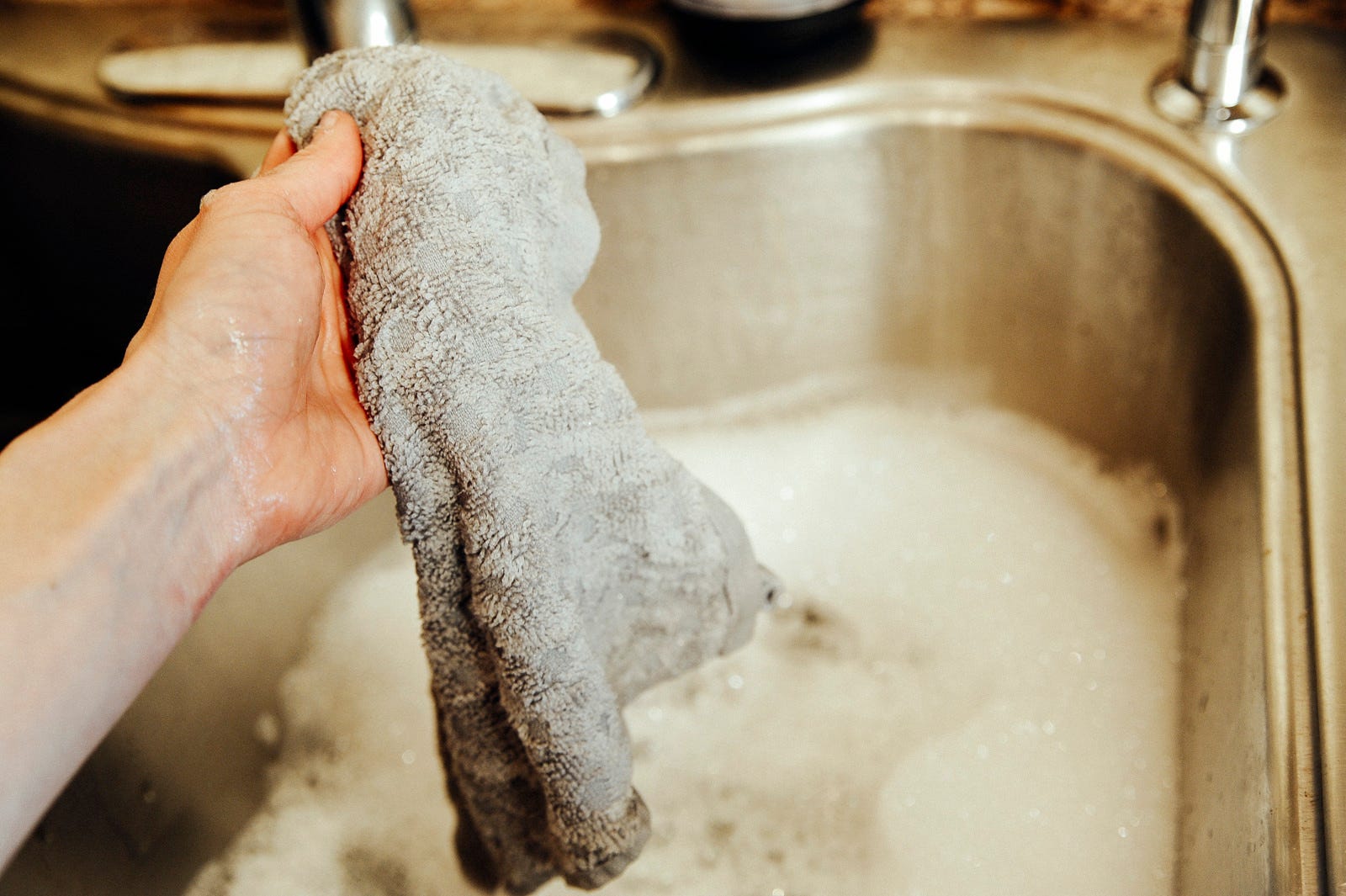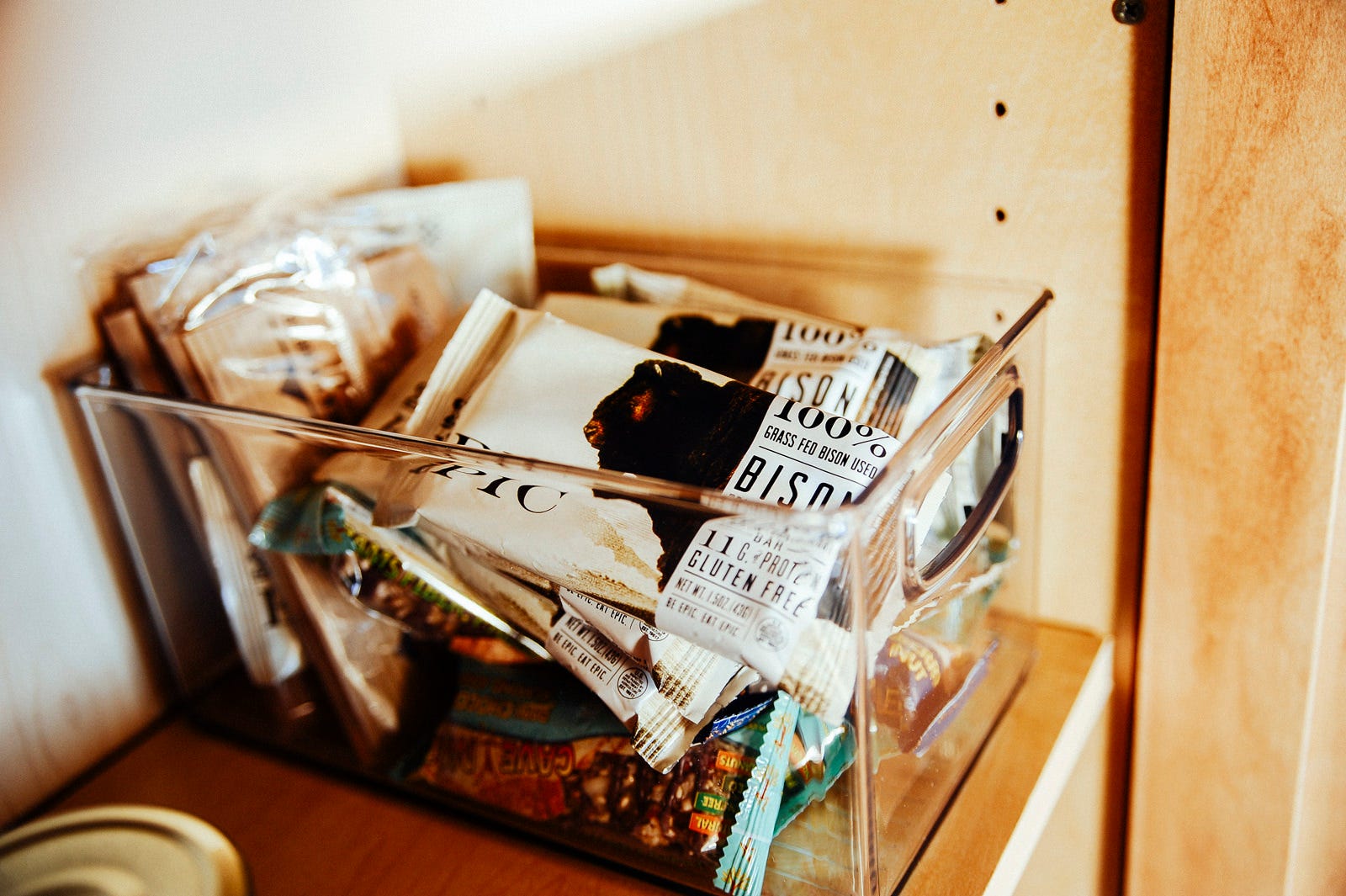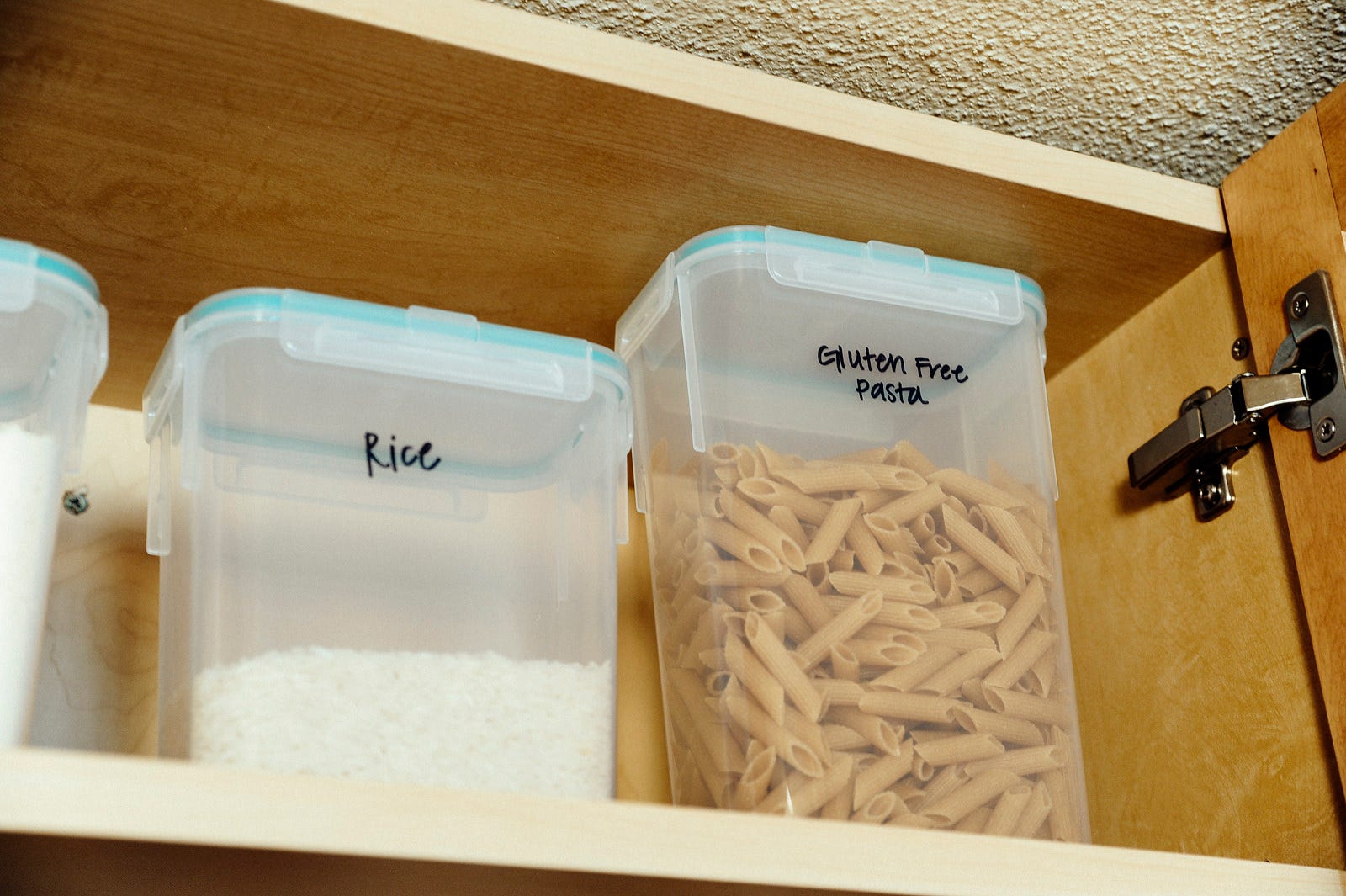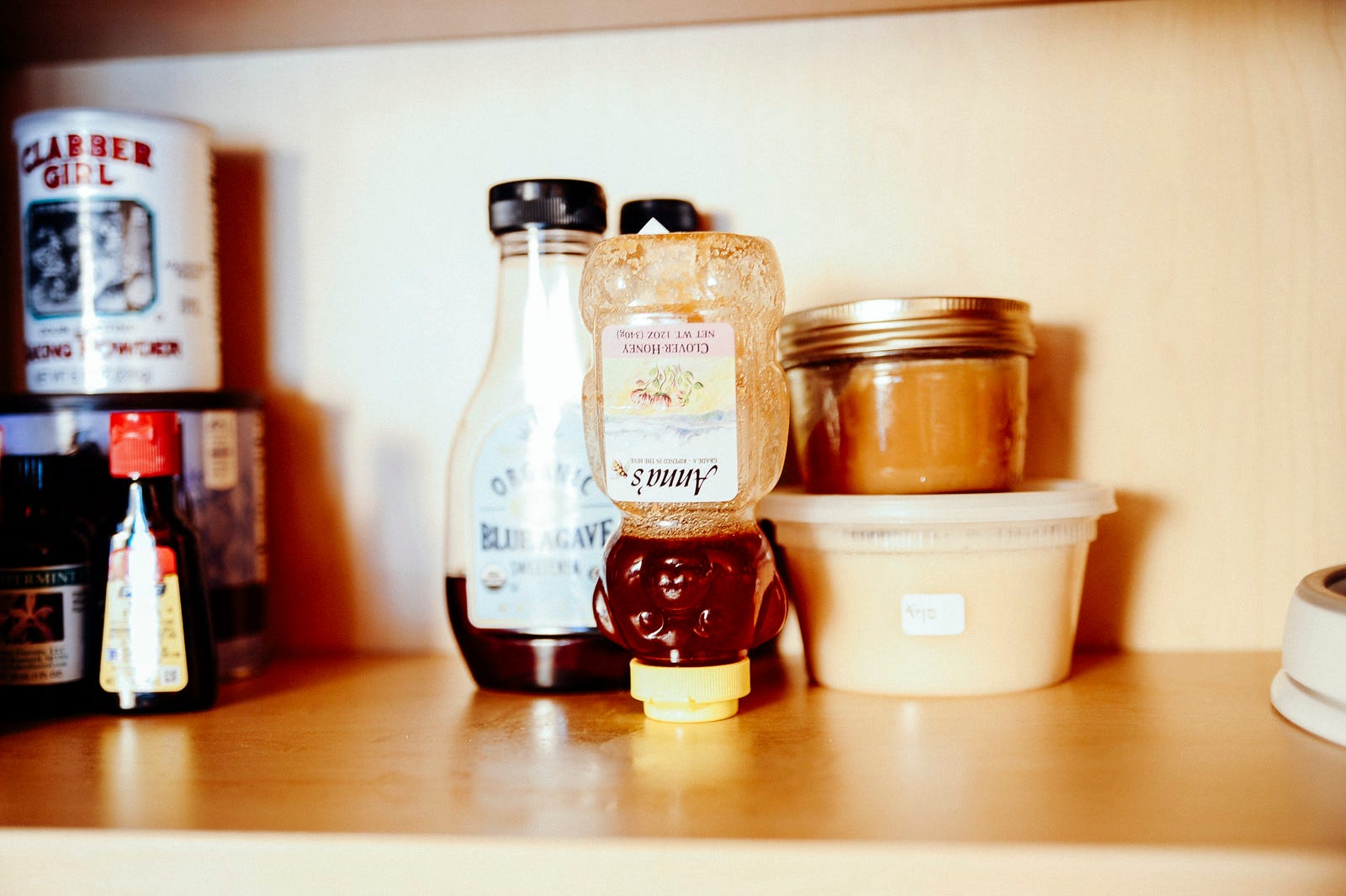Studies show that being organized is actually good for your health, so let's not underestimate the power of a tidy pantry! Not only does organizing your things help you focus on your priorities, it helps free up time for you to do the things you love, in the kitchen and beyond.
Kirsten
A.A. Milne once said, "Organizing is what you do before you do something, so that when you do it, it is not all mixed up." I don't know about you, but often times the messiness of my home is a direct reflection of the messiness of my life. Maybe it's more symbiotic than that, but nonetheless, when my space is organized, I feel freed up to focus on more important things. Not to mention, an organized pantry can mean a healthier you (and a healthier family).
An organized pantry helps you...
Eat healthy. If I take a peek at a disarray of cans, spices, and pantry staples, I'm far less likely to prepare a meal. Take out? Burger and fries (with extra fries), please. When you gaze upon a neatly stacked pantry, you're more likely to cook as you know what's available.
Reduce stress. "I swear I bought [fill in the blank] last week!" Reduce your number of kitchen meltdowns by simply knowing what you have, and what you don't have. A clean pantry also prepares you to tackle the grocery store. Never accumulate four jars of poultry seasoning again!
Save money. An organized pantry may reduce your trips to the grocery store and save you from overspending on dining out. Again, know what you have and what you don't.
Step 1
Purge.
If you have rice from 2001, toss it. Take a look at all your items. Past date products go in the trash. Items you'll never use? Donate them to a local food bank.
Step 2
Clean.
Once you've cleared your shelves, it's time for a deep clean. Use a vacuum to clean up the crumbs and make sure to wipe down your shelves with hot, soapy water (or see our Pinterest page for some favorite green cleaning solutions).
Step 3
Contain.
Find clear containers (preferably food-safe glass or BPA-free plastic) for your staples like flour and sugar. For loose items like onions and potatoes, it's helpful to use open baskets so you can easily assess your inventory.
Step 4
Label.
Keep it simple. Flour. Sugar. Brown Sugar. You can find printables online, or you can make your own!
Step 5
Store.
Be systematic. Commonly used foods (cooking oil, flour, etc.) should be easy to reach, stored around waist level. Less frequently used items can go on lower shelves with labels facing you. Lightweight items, such as cereals and pasta, are perfect for high shelves.



